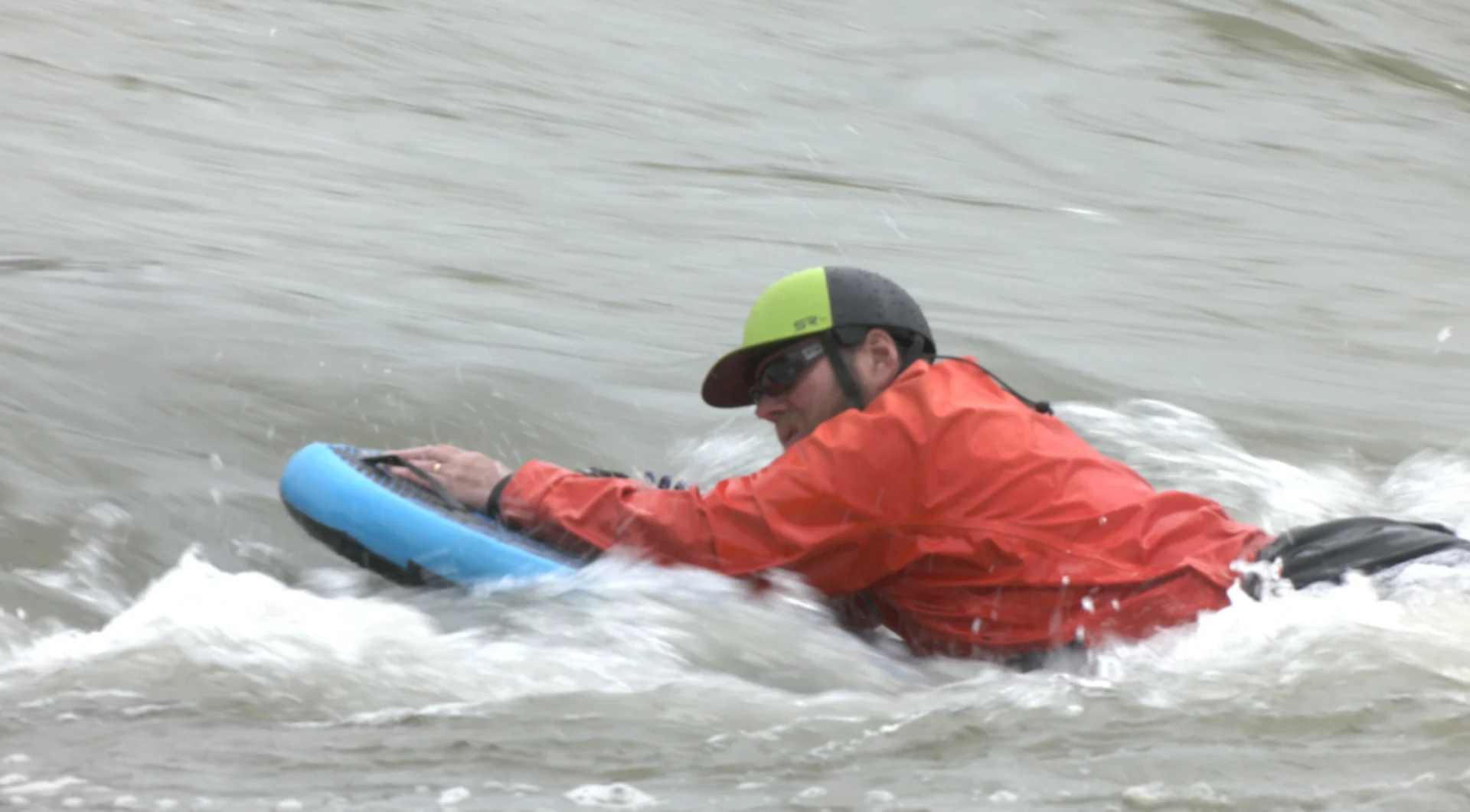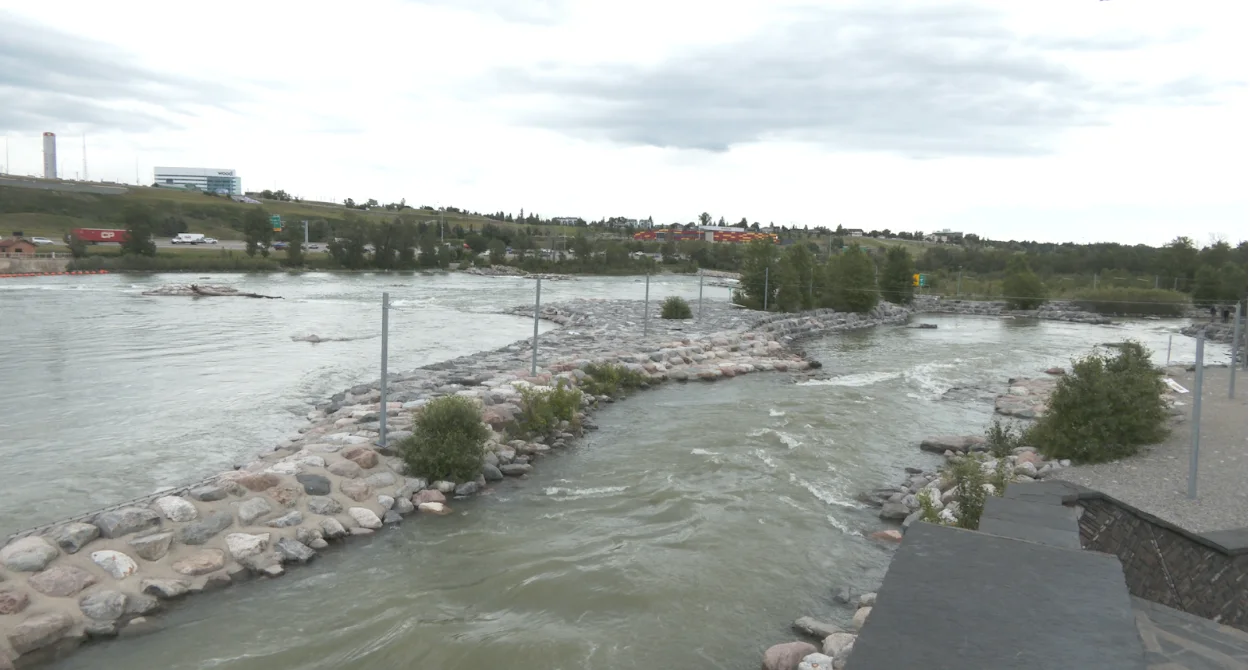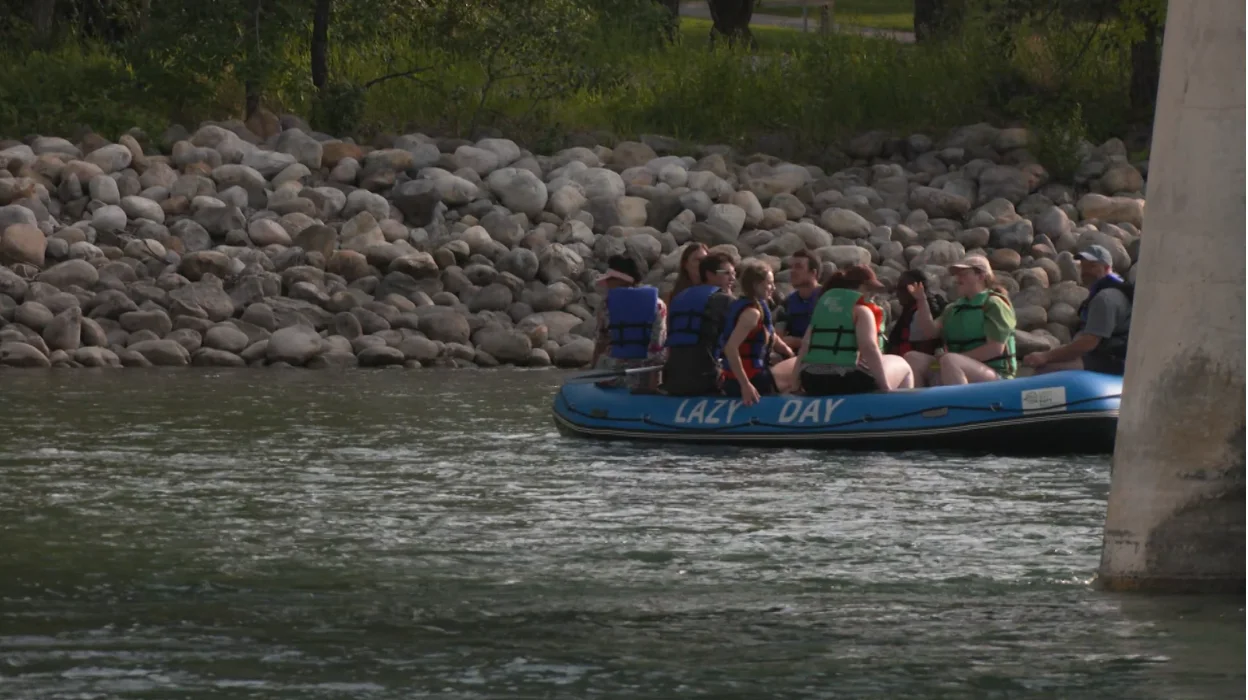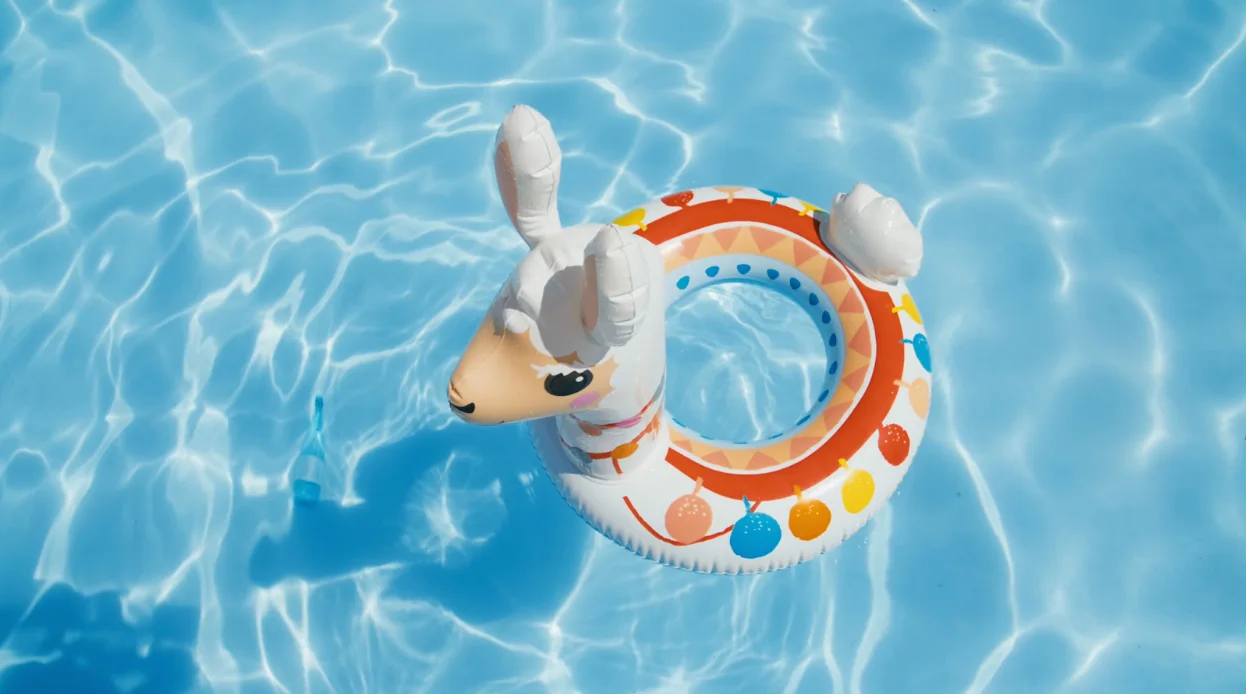
Floating the Bow this summer? Watch for these hazards as river rescues rise
Here are the main hazards that can compromise your floating experience
It’s the most wonderfully wet time of year in Calgary.
River floating season has arrived, and while that brings fun, it also brings danger—officials say river rescues have been rising in recent years as the city grows, and they predict they’ll respond to more incidents this year than ever before.
“Based on last year, we saw a 31 per cent increase in aquatic rescues over 2023 and an above-average number of fatalities in 2024,” says Calgary Fire Department (CFD) Public Information Officer Carol Henke.
“The greatest number of rescues occur in July, averaging 52 rescues that month since 2016. Based on historic incident data and trends, the Calgary Fire Department estimates a potential all-time peak in water rescues for 2025.”

Members of the Calgary Fire Department’s aquatic rescue team race up the Bow River accompanied by Junior Fire Chief Kyrie Rajic (left) and his brother Keenan. (The Weather Network)
RELATED: Water safety: Staying safe in lakes, rivers, and pools
So, what are the main hazards that can compromise your safe floating experience?
Officials say one of the biggest hazards along the wild Bow River is actually human-made—bridge pillars can easily capsize even a sturdy watercraft.
“Anywhere there’s a bridge and people don’t navigate or get out of the way in time, there’s that risk that they can get pushed or trapped in those areas,” CFD Community Safety Officer Alex Kwan explains.

The Harvie Passage recreational area on the Bow River. Officials say the steeper drops to the left of the island can catch inexperienced boaters and floaters off guard. (The Weather Network)
SEE ALSO: Heading to the river this summer? Here's how to stay safe
Another problem spot was also shaped by human hands—the Harvie Passage rapids.
The popular recreation area just south of Prince’s Island Park boasts a number of fun and challenging, but mostly beginner-level, whitewater drops that are often seen being enjoyed by all ages.
Officials warn, though, that the channel to the left of the island, which features high-volume class 3 whitewater, is for experienced whitewater paddlers only.
“If you don’t have any type of whitewater experience, you need to absolutely stay out of the left-side channel. There’s no safe way to navigate that,” says Kwan.
“That side has much larger and more advanced drops in comparison to the other side.”
He reminds anyone thinking of heading to the area this summer that while Harvie Passage is often described as a “water park,” there is no lifeguard on duty.
Sadly, two people have died in the right channel and one has died in the left channel, according to the Alberta Whitewater Association.
“Last year we saw the second-greatest number of rescues at Harvie Passage since 2016,” Henke adds.

Lifejackets are mandatory while floating Calgary’s rivers. Get caught without one and you could face a fine of up to $500. (The Weather Network)
The standing wave near Tenth Street also presents hazards. Not only can the brief but swift natural wave throw unsuspecting floaters into the water, but floaters also risk colliding with surfers.
CFD officials also stress that anyone planning to stand-up paddleboard on the rivers should never wear an ankle leash, which they consider a drowning hazard. Leashes can get entangled underwater, dragging paddlers under, and it can be extremely difficult to detach a leash in an emergency.
And, of course, danger exists all along both the Bow and Elbow rivers when people float without life jackets, float while intoxicated, or float in a watercraft not built to withstand the hazards of a wild river.

While undeniably cute, a “watercraft” like this inflatable llama isn’t designed to withstand contact with the branches, rocks and other debris that make up the wild Bow River. (Storyblocks)
Officials stress that Calgary’s rivers are wild, fast, and cold and that conditions are always changing, requiring focus and concentration to navigate.
Inappropriate watercraft are easily punctured by the rocks, branches, and other debris found in the river. Look for a watercraft made of a strong and durable material like polyester or nylon with multiple channel tubes, and always inflate it to the recommended pressure found on the watercraft’s labels.
Lastly, remember that life jackets are mandatory when floating the Bow and Elbow Rivers and that violators of this bylaw risk a fine of up to $500. The Calgary Fire Department and local bylaw officers will be frequently patrolling the rivers all summer.
In total, 29 people have died in incidents related to aquatic rescue calls since 2016, according to CFD data. That’s an average of roughly three per year.
